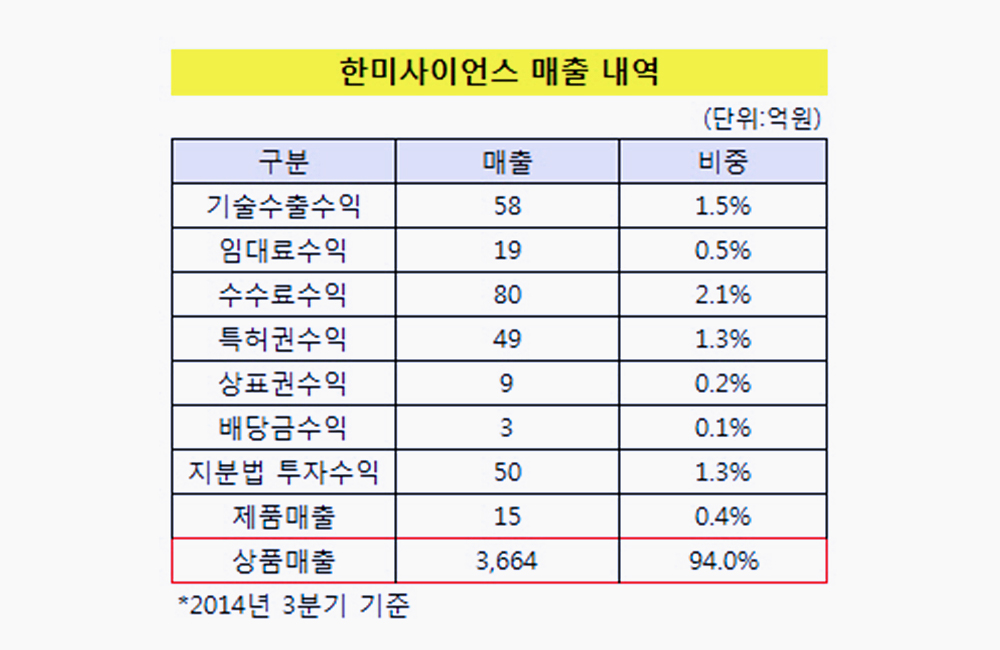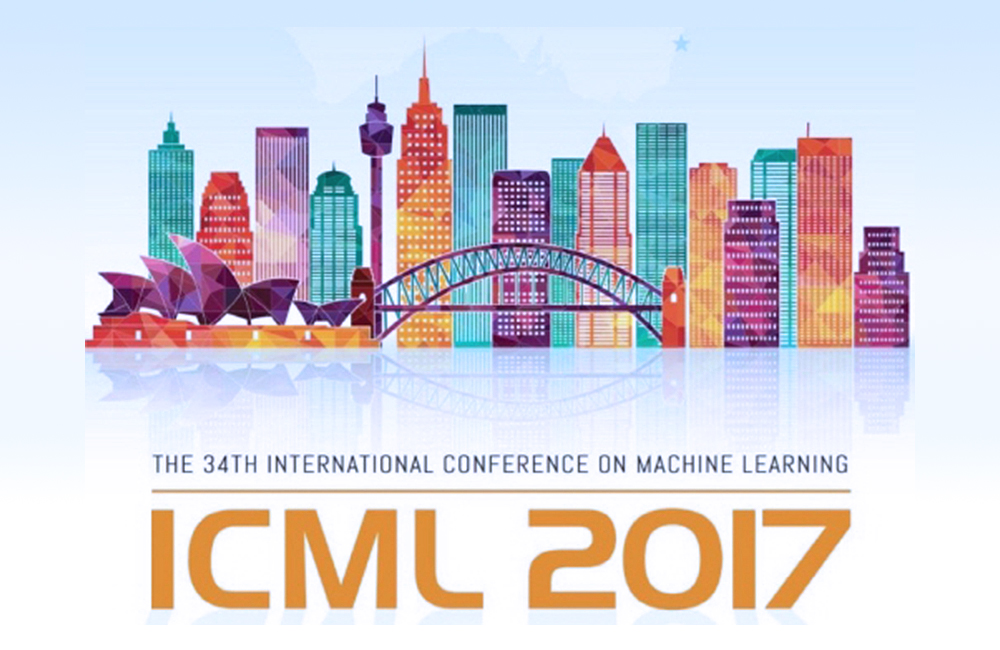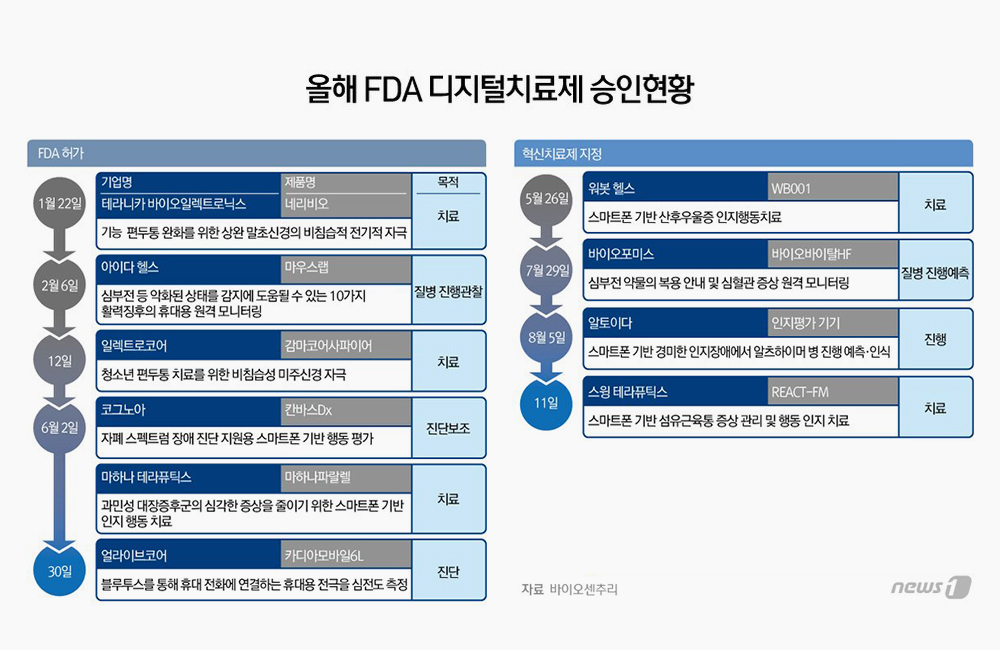A brief blended digital therapy that
targets reasoning appeared to have a beneficial effect on paranoia among
individuals with psychosis, according to results of a randomized clinical trial
published in JAMA Psychiatry.
The intervention, SlowMo, utilizes an
interventionist-causal approach to increase the effectiveness of cognitive
behavioral therapy for psychosis by targeting reasoning processes that may play
a causal role in paranoia, researchers noted.
“SlowMo builds on the
encouraging findings for stand-alone and blended mobile phone apps for
psychosis and, to our knowledge, is the first blended digital psychological
intervention for paranoia (using digitally supported face-to-face therapy and a
mobile app,” Philippa Garety, PhD, of the department of psychology at King’s
College London’s Institute of Psychiatry, Psychology and Neuroscience, and
colleagues wrote. “This randomized clinical trial aimed to test the efficacy of
SlowMo in reducing paranoia and improving reasoning.”
The investigators analyzed primary outcome
data of 332 participants who were recruited at community health services in the
U.K. between May 1, 2017, and May 14, 2019. Schizophrenia-spectrum psychosis
and distressing paranoia lasting 3 months or longer served as eligibility
criteria. Garety and colleagues randomly assigned 181 participants to SlowMo,
which consisted of eight digitally supported face-to-face sessions and a mobile
app, combined with usual care and 181 to usual care only. Paranoia measured via
the Green et al Paranoid Thoughts Scale (GPTS) total score at 24 weeks served
as the primary outcome. GPTS total score at 2 weeks and GPTS Part A and Part B
scores, the Psychotic Symptom Rating Scales, reasoning and jumping to conclusions
served as secondary outcomes.
A total of 80.1% of participants in the
SlowMo group completed therapy. Results showed no association between SlowMo
plus usual care and greater reductions in GPTS total score at 24 weeks than
usual care. Garety and colleagues observed significant effects on secondary
paranoia outcomes at 12 weeks, including GPTS total score and Part A and B
scores, as well as at 24 weeks, including Part B score but not Part A score.
They also reported improvements in persecutory delusions according to observer
ratings at 12 weeks and 24 weeks and belief flexibility at 12 weeks and 24
weeks. However, they observed no significant change in jumping to conclusions.
They reported a mediating effect of improved belief flexibility and worry on
paranoia change.
“Although no effect
was demonstrated on the primary paranoia outcome at 24 weeks, the pattern of
results on secondary outcomes indicates SlowMo had a positive effect on
paranoia, mostly sustained at follow-up, that matched or exceeded effects
observed for standard [cognitive behavioral therapy for psychosis] albeit
delivered in fewer sessions,” the researchers wrote. “Improvements in
well-being, quality of life and self-concept also occurred. The results
indicate that the treatment was effective, in part, through helping people to
slow down their thinking and to worry less.
“Further understanding
of the mechanisms of action of SlowMo is warranted,” Garety and colleagues
added. “The trial results also indicate the need for future work to enhance and
translate the effects of SlowMo.”









